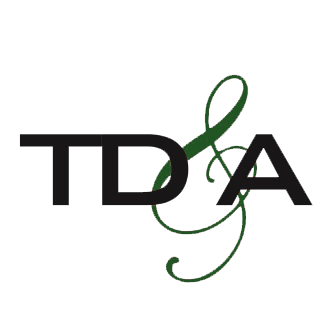Bridge Trust
Bridge (Trigger) Trust Risks refer to the potential dangers associated with the establishment and utilization of bridge or trigger trusts in financial transactions. These trusts are often employed in complex financial arrangements, particularly in scenarios involving corporate restructuring, bankruptcy proceedings, or asset protection strategies.
Key Risks:
Fraudulent Conveyance: Bridge trusts may raise concerns regarding fraudulent conveyance, wherein assets are transferred with the intent to hinder, delay, or defraud creditors. The timing and structure of such trusts can inadvertently or deliberately conceal assets from rightful claimants, leading to legal complications and potential liabilities.
Opacity and Complexity: The intricate nature of bridge trusts can obscure the true intentions and implications of asset transfers. This opacity may create opportunities for abuse or misrepresentation, particularly in cases where stakeholders are not fully informed or lack sufficient understanding of the trust's mechanics.
Regulatory Scrutiny: Bridge trusts may attract regulatory scrutiny due to their potential to circumvent legal obligations or manipulate financial arrangements. Authorities tasked with overseeing financial transactions and asset transfers may closely monitor the use of bridge trusts to ensure compliance with relevant laws and regulations, adding an additional layer of complexity and risk.
Litigation Risk: Transactions involving bridge trusts are susceptible to legal challenges, particularly from aggrieved parties who perceive the trust's establishment or operation as detrimental to their interests. Litigation stemming from disputes over asset ownership, creditor claims, or fiduciary responsibilities can be protracted and costly, potentially undermining the financial viability of the parties involved.
Mitigation Strategies:
Transparency and Due Diligence: Parties engaging in transactions involving bridge trusts should prioritize transparency and conduct thorough due diligence to ensure compliance with legal and ethical standards. Clear communication of intentions, comprehensive documentation, and independent legal counsel can help mitigate the risk of fraudulent conveyance and regulatory scrutiny.
Risk Assessment and Monitoring: Implementing robust risk assessment frameworks and ongoing monitoring mechanisms can help identify and mitigate potential risks associated with bridge trusts. Regular reviews of trust structures, asset transfers, and compliance with regulatory requirements can enhance transparency and accountability, reducing the likelihood of adverse outcomes.
Legal Compliance: Adherence to applicable laws and regulations governing trust formation and asset transfers is essential to mitigate legal and regulatory risks. Engaging qualified legal professionals with expertise in trust law and financial regulations can provide valuable guidance and ensure compliance with legal requirements.
Stakeholder Education: Educating stakeholders, including shareholders, creditors, and employees, about the purpose, risks, and implications of bridge trusts can foster transparency and mitigate misunderstandings or misconceptions. Clear communication channels and opportunities for stakeholder engagement can promote trust and alignment of interests, reducing the likelihood of disputes or litigation.
Bridge (Trigger) Trust Risks represent a complex and multifaceted challenge for parties involved in financial transactions and asset protection strategies. By understanding the key risks, implementing effective mitigation strategies, and prioritizing transparency and compliance, stakeholders can navigate the complexities of bridge trusts and safeguard against adverse outcomes.

